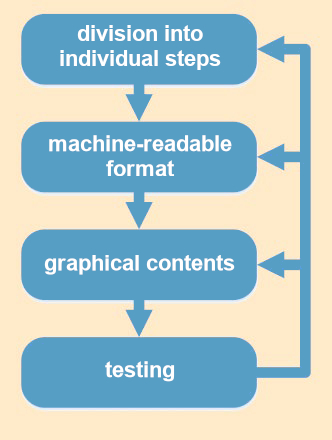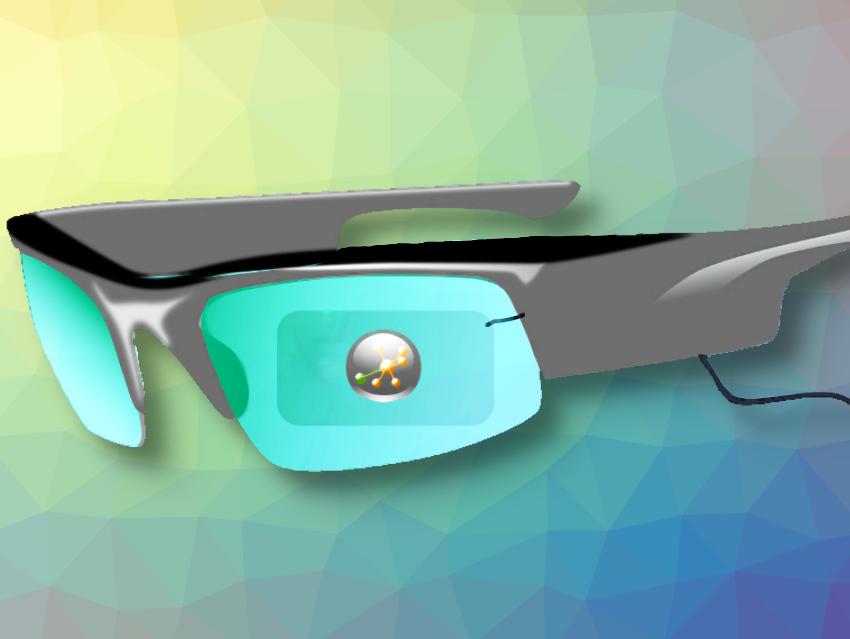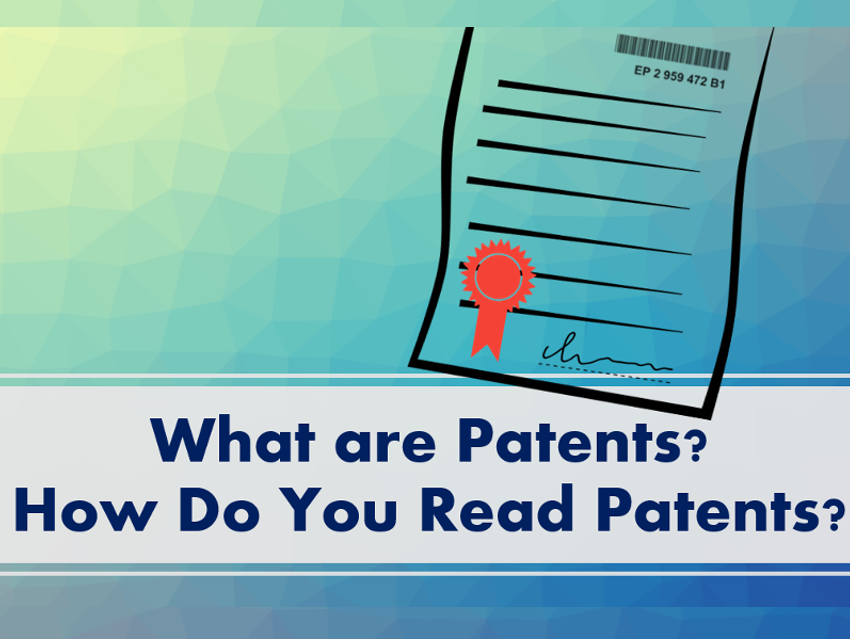Creating Standard Operating Procedures (SOPs)
In order to carry out digital standard operating procedures, the laboratory must have a digital infrastructure that drives the instruments and documents the results. What this type of infrastructure might look like can be found in papers by Porr et al. and Austerjost et al. [10,11].
If this infrastructure is in place, digital SOPs can be created. This is largely done in four steps (see Fig. 2-1).
- In the first step, the full procedure to be used must be broken down into individual steps. The steps must be broken down to the level of individual movements or actions, which is much more detailed than for paper-based SOPs.
For example, the paper-based instruction, “weigh out 5 g of glucose into a beaker” would be broken down into the following steps for a digital SOP: “Place a beaker on the balance”, “Tare balance”, and “Add 5 g of glucose to the beaker”. Not all of the steps are shown to the user in the laboratory, however, they must still be recorded. A person would, thus, confirm that the beaker is on the balance, but the tare step would be carried out automatically and hidden from the person.
- The individual steps must first be put into a machine-readable format. Often, markup languages such as “YAML Ain’t Markup Language” (YAML) or Extensible Markup Language (XML), or data formats such as JavaScript Object Notation (JSON) are used. An alternative approach is to produce these directly in full-featured programming languages like Python or C++, which provides more latitude but is also more demanding.
All of these conversions can be read by a person, which makes manual generation and editing possible. However, it is wise to automate as much of the generation of the machine-readable format as possible, primarily to avoid typing and syntax errors.
- In the third step, it is necessary to find an appropriate and intuitively comprehensible visualization for the manual steps. Clarifying information with pictograms and using as little text as possible are best for this, especially if the information is going to be displayed on smart glasses (see Fig. 3). As much of this as possible should also be automated, which can be achieved by standardization of the layout.
- The last step is the validation of the SOP. This is also carried out for paper-based SOPs but is more complex for digital SOPs because there are far more sources of error. For example, typing errors in the machine-readable data can lead to problems. In addition, it must be confirmed that the instruments are controlled as expected. It must also be ensured that the visualization is comprehensible and unambiguous.
If testing uncovers problems, it is necessary to go back to the problematic programming step to eliminate the issue. This can often mean adjusting subsequent steps as well.
 |
|
Figure 2.1. Flowchart for the generation of digital SOPs. |
back to the main article |




